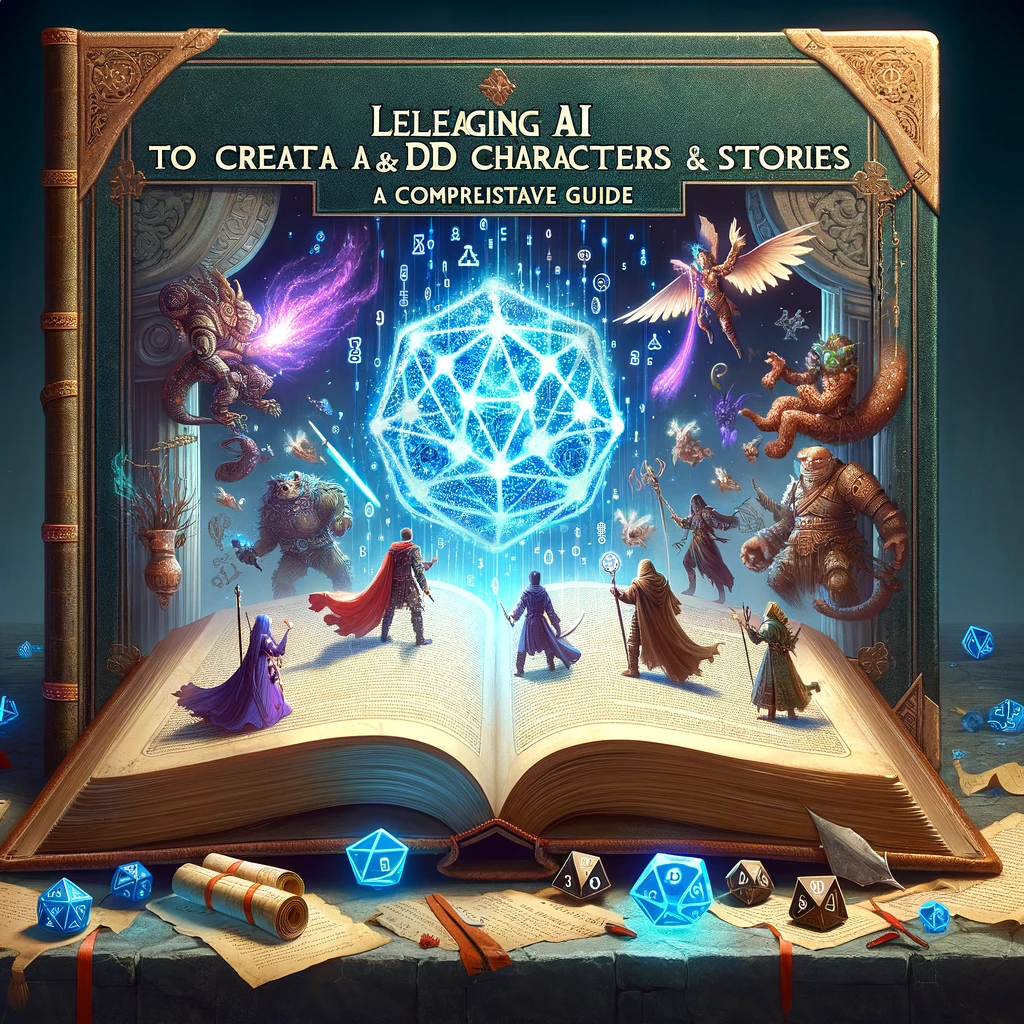Hello, aspiring authors and AI enthusiasts! Welcome to SunshineL3mon. Today, we’re diving into the art of using GPT (Generative Pre-trained Transformer) prompts to assist in writing eBooks. This guide will help you leverage GPT’s capabilities to enhance your writing process.
Understanding GPT in Writing
GPT, a state-of-the-art language processing AI, can generate coherent and contextually relevant text based on given prompts. It’s an excellent tool for overcoming writer’s block, generating ideas, or even writing sections of content.
Step 1: Defining Your eBook’s Scope
Topic Selection: Start with a clear idea of your eBook’s topic. Whether it’s fiction, non-fiction, self-help, or educational, having a specific topic will guide your prompts.
Example: “Write an introduction to an eBook about the fundamentals of digital marketing.”
Step 2: Crafting Effective GPT Prompts
Be Specific: The more specific your prompt, the more relevant GPT’s output will be. Include details about tone, style, and content.
Example: “Create a character description for a young detective in a mystery novel set in 1920s New York.”
Step 3: Using GPT for Research and Outlining
Research Assistance: Use GPT to gather information or explain complex concepts in simple terms.
Outline Creation: Prompt GPT to create a chapter-by-chapter outline of your eBook.
Example: “Generate an outline for a 10-chapter eBook on beginner’s yoga practices.”
Step 4: Writing Drafts with GPT
Generating Content: Use GPT to write sections of your eBook. This can be particularly helpful for dialogue, descriptions, or technical explanations.
Iterative Writing: Use GPT’s output as a starting point and then revise to add your personal touch.
Example: “Write a dialogue between two characters discussing the impact of climate change.”
Step 5: Revising and Refining
Editing Prompts: Use GPT to suggest improvements or alternatives in your draft. For example, “Rewrite this paragraph for a younger audience.”
Step 6: Overcoming Writer’s Block
Idea Generation: When stuck, prompt GPT for plot ideas, character developments, or argument points.
Example: “Suggest three plot twists for a sci-fi novel involving artificial intelligence.”
Step 7: Finalizing Your eBook
Consistency Check: Prompt GPT to ensure consistency in character names, plot points, and thematic elements.
Conclusion Writing: “Write a concluding chapter that ties all storylines together in a cohesive manner.”
Step 8: Additional Creative Uses
Title Generation: “Generate 5 catchy titles for an eBook about healthy cooking recipes.”
Cover Description: “Describe a visually appealing cover for a fantasy novel set in a magical forest.”
Check out our previous post on using AI to write e-books!
Stay Tuned for more AI passive income strategies and subscribe to SunshineL3mon!










Leave a Reply